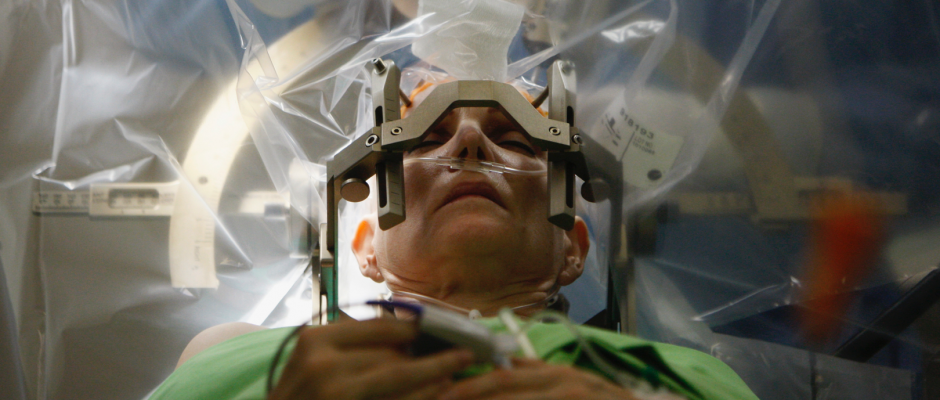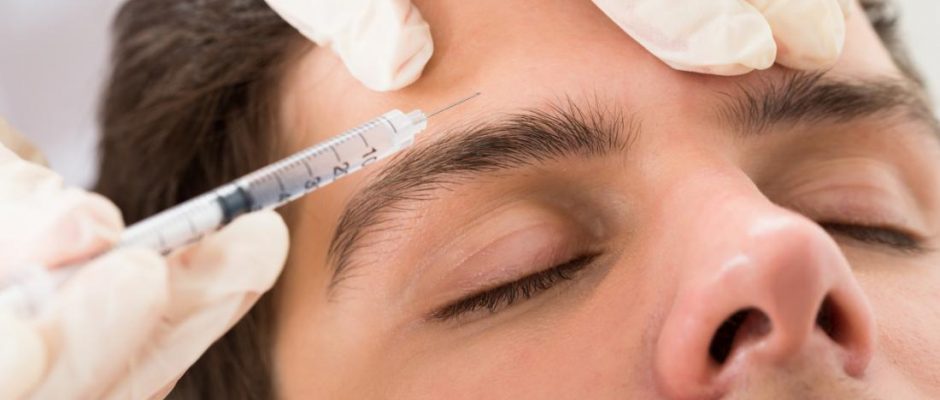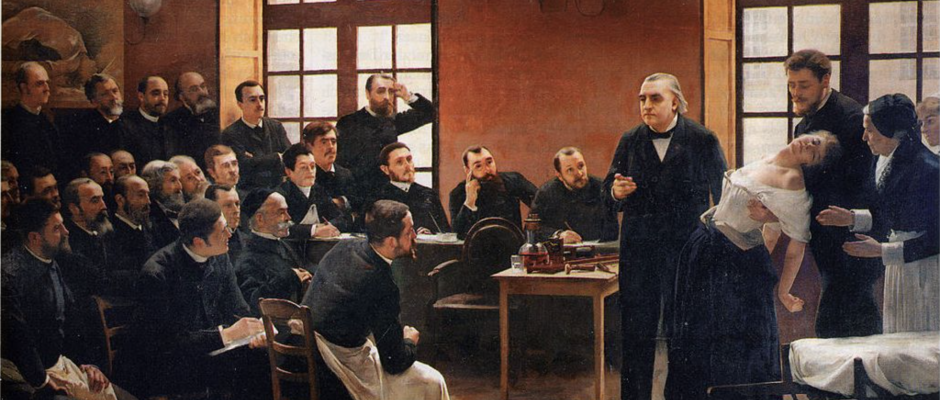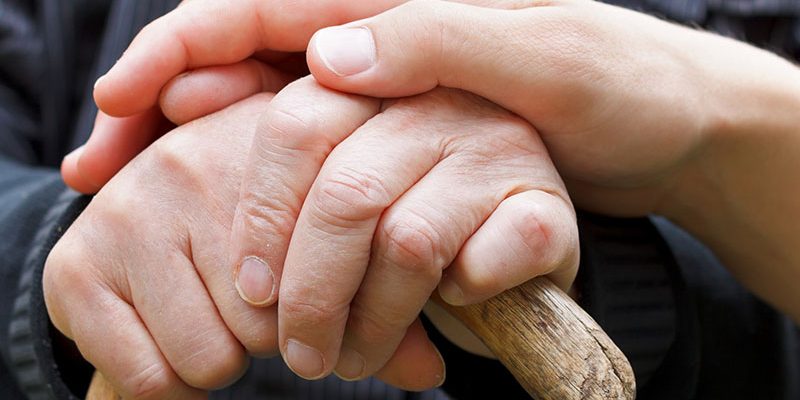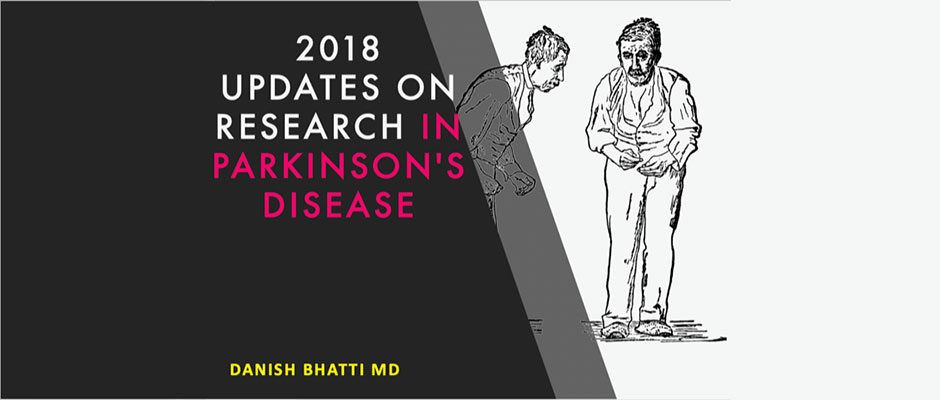In general, surgical referral for all types of dystonia can be considered in patients who have failed trials with anticholinergic drugs, benzodiazepines, and levodopa in generalized/segmental dystonia, or had no benefit or failure with botulinum toxin injections in cranial and cervical dystonia. There is currently no widely accepted consensus about which type of medication, which dose, or how many trials are needed before surgery. In general, it is not mandatory to have tried all available medications. Symptoms should be disabling …
Blog Posts
Structure: BTX is synthesized as a single-chain peptide with a molecular mass of 150 kilodaltons. This form has relatively little potency as a neuromuscular blocking agent, and activation requires a 2-step modification in the tertiary structure of the protein. This process converts the single-chain neurotoxin to a di-chain neurotoxin comprising a 100,000-dalton heavy chain (HC) linked by a disulfide bond to a 50,000-dalton light chain (LC). BTX acts at the neuromuscular junction where it exerts its effect by inhibiting the …
HFS: Involuntary, irregular, clonic or tonic contractions of muscles innervated by the facial nerve. Usually start from the eyelid and spreads to involve all ipsilateral muscles of the facial nerve including platysma. All muscles involved contract synchronously. PAradoxical synkinesis: In 1905, Babinski described paradoxical synkinesis in HFS ‘‘when orbicularis oculi contracts and the eye closes, the internal part of the frontalis contracts at the same time, the eyebrow rises during eye occlusion.’’ This ‘‘other Babinski’s sign’’ is typically present in …
Indications for supplementation in atypical presentations either movement disorder or others: Pyridoxine for mild ataxia. Pyridoxine for some cases autism. Folinic acid and PLP may interestingly help in pyridoxine dependent epilepsy cases. Pyridoxine will NOT help PNPO mutations (that’s PLP) but PLP would help in Pyridoxine dependency (ALDH7A1). Biotin B7 may help in spastic paraplegia and ataxia (myelopathy presentation in adolescence). Biotinidase deficiency should be ruled out in all dyskinesias as it may cause BG calcification. Can ne treated by …
ATAXIA: This movement disorder affects the part of the brain that controls coordinated movement (cerebellum). Ataxia may cause uncoordinated or clumsy balance, speech or limb movements, and other symptoms. CERVICAL DYSTONIA: This condition causes long-lasting contractions (spasms) or intermittent contractions of the neck muscles, causing the neck to turn in different ways. CHOREA: Chorea is characterized by repetitive, brief, irregular, somewhat rapid, involuntary movements that typically involve the face, mouth, trunk and limbs. DYSTONIA: This condition involves sustained involuntary muscle …
A movement disorder neurologist has to see lots of strange unusual movement phenomena in their practice. Key is to isolate the individual movement fragments and assess their temporal and spatial relationships to make a sense of overall gestalt. Over years, lots of unusual movement phenomena have been reported which do not readily fit into the common types hypo-kinetic and hyper-kinetic movement phenomenologies. Some of these exotic patterns are mentioned below: The dancing larynx: This has been described as complex arrhythmical …
For Registration please visit: http://appna.org/2018-global-healthcare-summit/ A Practical Everyday Neurology, Hands-on Review for Bedside practice. A collaboration between: APPNA MERIT Committee Pakistan International NeuroScience Society (PINS) Pakistan Society of Neurology (PSN) Course Directors: International: Drs Danish Bhatti and Shahid Rafiq National:Drs Athar Javed and Sarwar Siddiqui Course Introduction: Up to 10% of patients seen by family practitioners present with neurologic symptoms. Only 16% are ever evaluated by neurologists in US and is likely even less, given significant lack of Neurologist …
Parkinson’s disease is a progressive nervous system disorder that affects movement. Symptoms start gradually, sometimes starting with a barely noticeable tremor in just one hand. Tremors are common, but the disorder also commonly causes stiffness or slowing of movement. In the early stages of Parkinson’s disease, your face may show little or no expression. Your arms may not swing when you walk. Your speech may become soft or slurred. Parkinson’s disease symptoms worsen as your condition progresses over time. Although …
Like many developing nations, Pakistan has focused on General Neurology programs with a nearly complete lack of Subspecialty training. In a country of 200 million, there are hardly 160-170 neurologists. There are few subspecialty trained foreign qualified Neurologist but not a single Movement Disorders Neurologist. The solution had been for individual physicians to come to the U.S. or Europe to train. But that happens one person at a time. Dr. Danish Bhatti, M.D., assistant professor of neurological sciences, realized “that …
